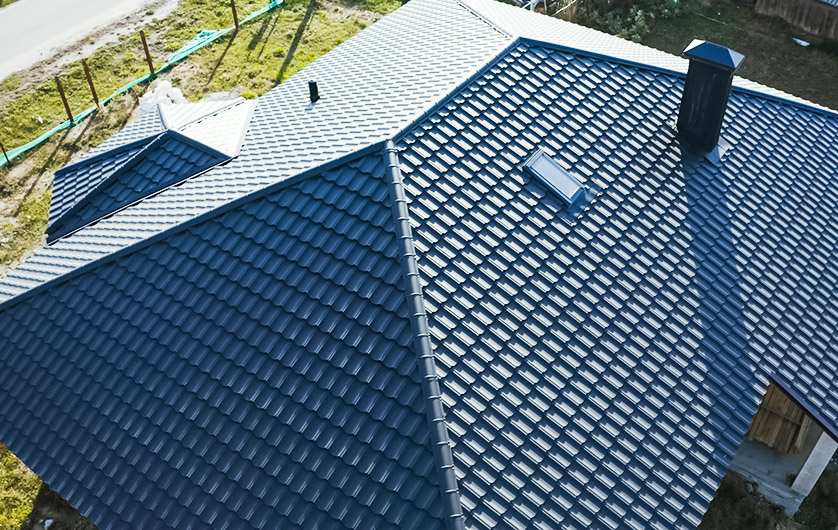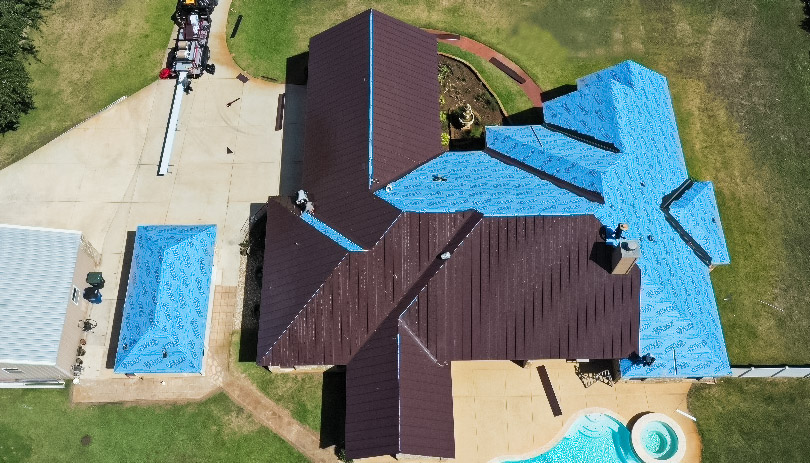Do you find yourself wondering about the state of your roof? Are you unsure of what to do when you notice a leak or a missing shingle? If so, you’re not alone. Many homeowners in San Antonio have questions about their roofs, and we’re here to provide you with the answers.
In this article, we’ll cover some of the most common roofing questions and concerns. From signs that your roof needs repair or replacement to choosing the right roofing contractor for your needs, we’ve got you covered. We’ll also discuss the different types of roofing materials and their pros and cons, as well as provide tips and tricks for maintaining your roof’s longevity. So, sit back, relax, and get ready to learn everything you need to know about San Antonio roofing.
Signs that Your Roof Needs Repair or Replacement
If you’re experiencing leaks or missing shingles, it’s likely time for a roof repair or replacement. However, there are other signs that your roof may need attention. For example, if you notice cracked or curling shingles, it’s a good idea to have a roofing inspection. Additionally, if your roof is more than 20 years old, it may be time for a replacement.
While some DIY roof maintenance tasks may be tempting, it’s important to leave major repairs or replacements to the professionals. Climbing on your roof without proper safety equipment can be dangerous, and attempting to do a repair without the necessary skills and tools can do more harm than good. It’s better to be safe than sorry and leave it to the experts.

Different Types of Roofing Materials and Their Pros and Cons
You’ll be pleased to know about the various roofing materials available, and we’ll discuss their advantages and disadvantages. When it comes to metal vs. asphalt roofing, metal is more expensive but can last up to 50 years, while asphalt is cheaper but only lasts around 20 years. Metal roofs are also more durable and can withstand harsh weather conditions, but they can be noisy during rain and hailstorms. On the other hand, asphalt roofs are quieter and easier to repair, but they require more maintenance and are not as eco-friendly as metal roofs.
Now, let’s talk about clay vs. concrete roofing. Clay tiles are more expensive than concrete, but they are also more durable and have a unique aesthetic appeal. They come in various shapes and colors, which can enhance the overall look of your home. However, clay tiles are heavy, so they require a strong support structure, and they can break easily if walked on. Concrete, on the other hand, is cheaper and easier to install, but it is not as durable and can crack over time. Ultimately, the choice between clay and concrete tiles depends on your personal preferences and budget.
Understanding the Roofing Process: From Inspection to Completion
Let’s dive into the fascinating process of how a roofing project goes from inspection to completion! The first step is always the inspection, which will give the roofing contractor an idea of the scope of work needed. From there, the roofing timeline will be established, which will include the removal of the old roofing materials, installation of new materials, and any necessary repairs. The timeline will also take into account any weather-related delays or unexpected issues that may arise during the project.
One thing that is often overlooked during the roofing process is the importance of proper ventilation. Proper ventilation is critical to the longevity of your roof, as it helps to regulate the temperature of your attic, preventing moisture buildup and potential damage. Your roofing contractor should take the time to assess and address your home’s ventilation needs during the roofing project. By doing so, you can be confident that your new roof will not only look great but also function properly for years to come.
Choosing the Right Roofing Contractor for Your Needs
When choosing the right roofing contractor for your needs, it’s important to do your research and ask the right questions. Don’t be afraid to ask for references or to see examples of their previous work. Look for a contractor who has experience with the type of roofing material you want installed and who is licensed and insured.
Pricing considerations are also important when choosing a roofing contractor. While it’s tempting to go with the lowest bidder, remember that quality workmanship and materials are worth the investment. A reputable contractor will provide a detailed estimate and explain any additional costs that may arise during the project. Trust your instincts and choose a contractor who makes you feel confident and comfortable throughout the entire process.

Maintaining Your Roof: Tips and Tricks for Longevity
To ensure your roof lasts for years to come, it’s crucial to regularly maintain it with these easy tips and tricks. One of the most important steps in maintaining your roof is to clean it regularly. This not only improves the overall appearance of your home, but it also extends the life of your roof. Make sure to remove any debris, such as leaves, branches, or dirt, that may accumulate on your roof. If left unchecked, these can cause damage to your roof and lead to leaks.
Another important aspect of roof maintenance is preventive maintenance. This means identifying and fixing any issues before they become major problems. This can include checking for leaks, inspecting your roof for damage, and replacing any missing or damaged shingles. Regular inspections can help you catch any potential problems early and prevent costly repairs down the road. By taking these steps to maintain your roof, you can ensure that it will continue to protect your home and family for years to come.
